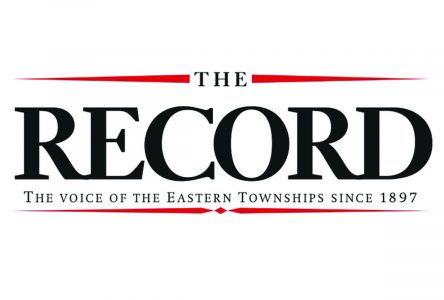In 2007, Cowansville resident Patrick Cain was referred by his family doctor, Bill Barakett, to Dr. Michel Carmel at what was then the CHUS for a biopsy on the suspicion that he might have prostate cancer. He was 67 at the time. “When I came back a month later he said, well, that’s it, you’ve got it,” Cain reflected 12 years later. “So I said okay, when do we operate, and he said we don’t.” According to Prostate Cancer Canada, prostate cancer is the most common cancer to affect Canadian men, with one in nine men receiving a diagnosis in their lifetime. The way the cancer manifests, however, can vary, meaning that for some the signs and symptoms, as well as the severity, can be different than for others. In Cain’s case, the cancer was too aggressive for surgery, which left him only radiotherapy and hormone therapy to fall back on. “That’s when I was referred to Dr. Nabid,” Cain recalled. Dr. Abednour Nabid, a radiation oncologist at the CIUSSS de l’Estrie-CHUS and professor in the faculty of medicine at the Université de Sherbrooke, was at the head of a large-scale research project focused on the question of whether hospitals could effectively reduce treatment time for prostate cancer patients on hormone therapy. See full story in the Friday, Nov. 22 edition of The Record.





